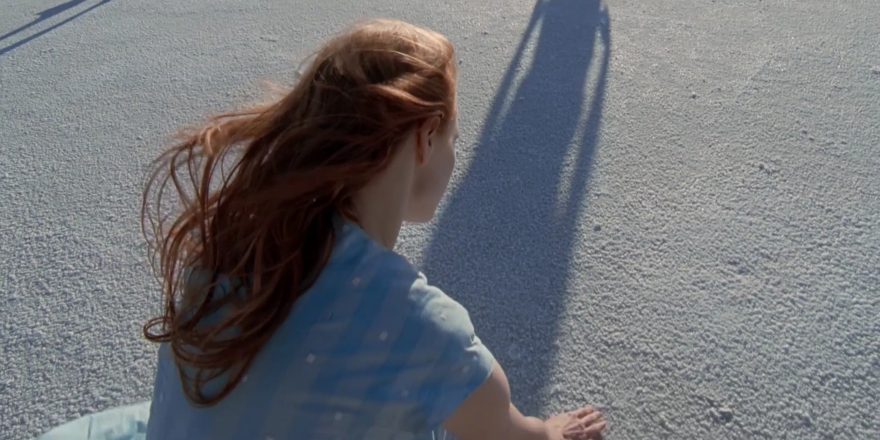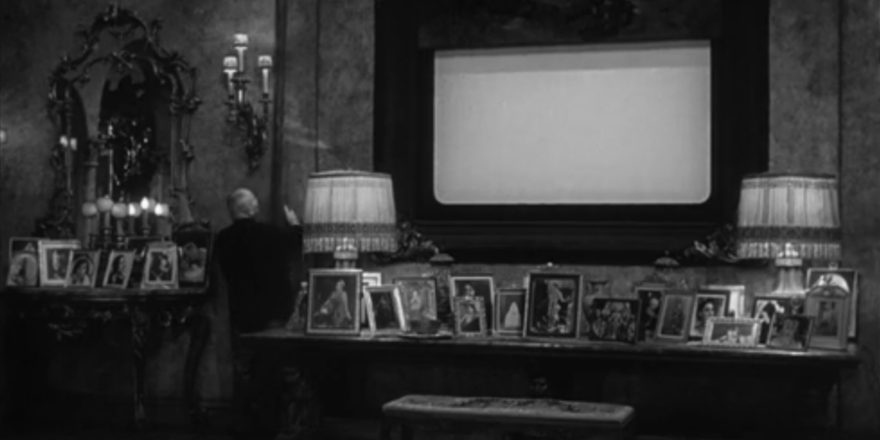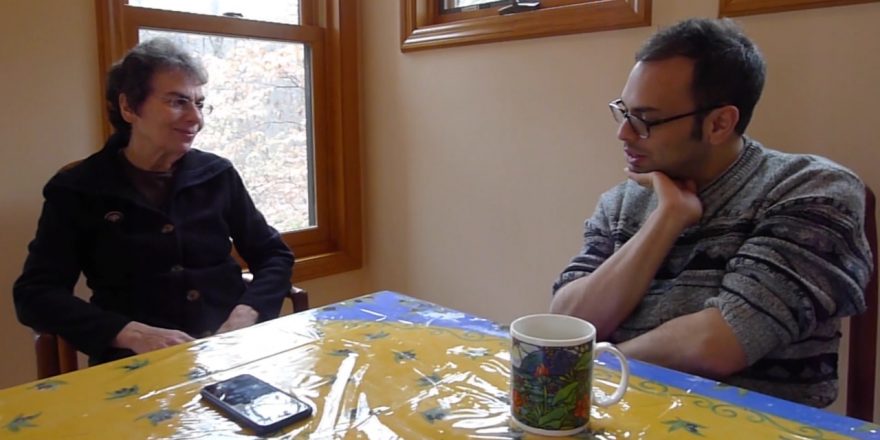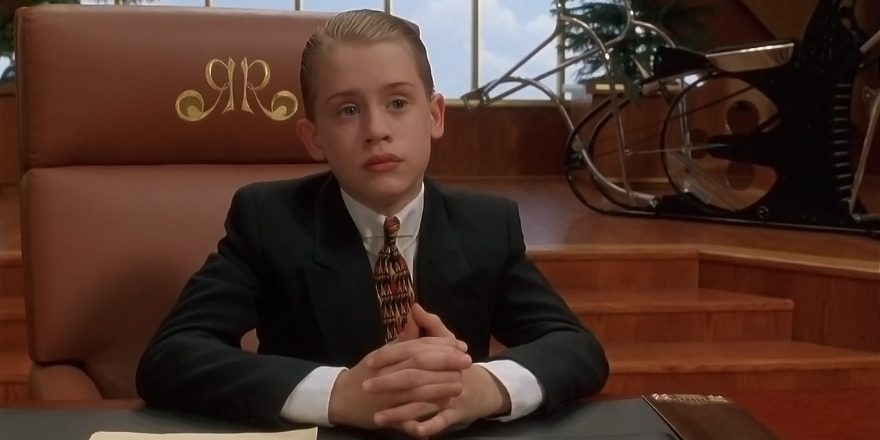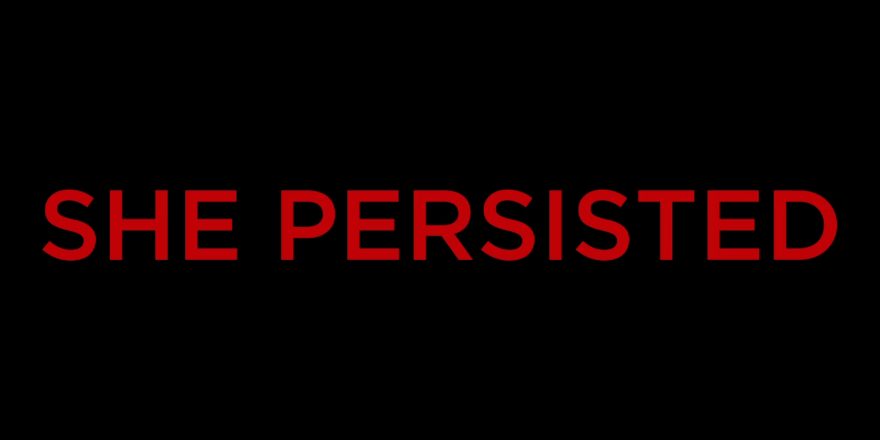Every film has shadows. Shadows are a natural part of lighting and are almost unavoidable. However, sometimes a filmmaker will use shadows in a way that is significant to visual storytelling. Terrence Malick falls under this category. While shadows may be in most shots due to the absence of light, Malick chooses to focus on the shadows, making them the subject of the frame. Rather than focusing on characters roaming through the grass, Malick often points his camera their shadows, creating a sense of whimsy and conveying new meanings. What does Malick’s infatuation with shadows mean? Is he showing us that these characters are separated from themselves? Is he trying to communicate a unison with nature? Like most of Malick’s films, the interpretation is left open to us.



